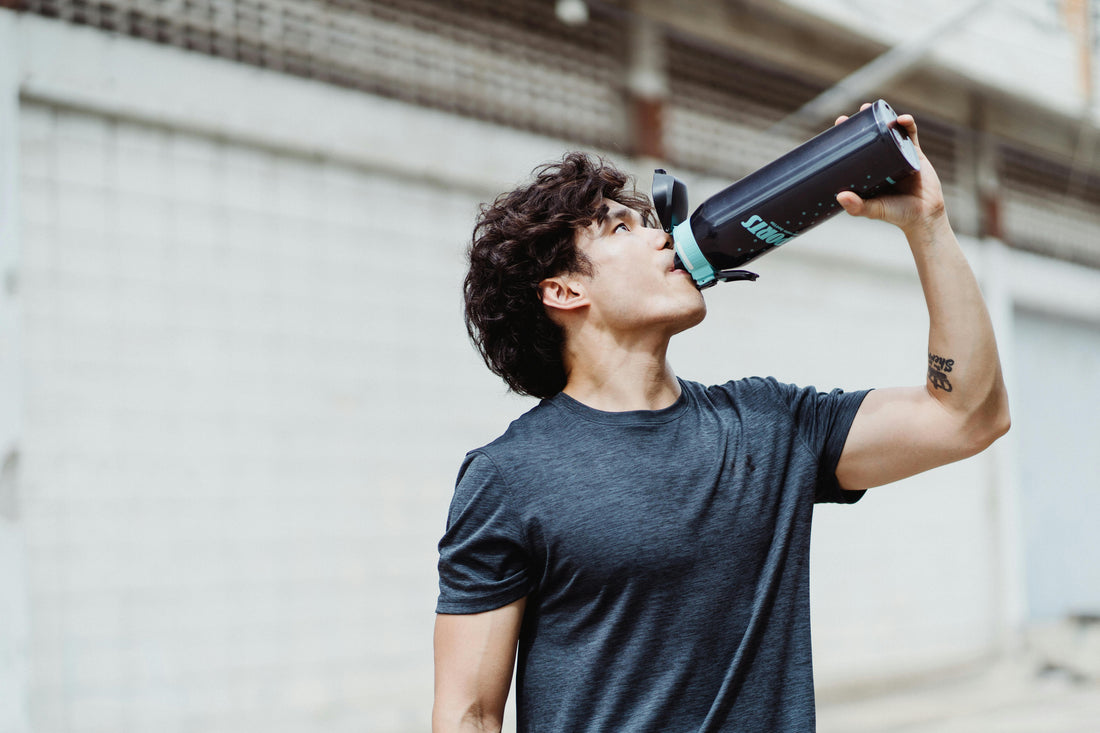
Why Bigger Athletes May Need More Carbs During Exercise
Share
Introduction
Eating carbs during exercise helps fuel your body and improves performance, especially during long sessions like endurance runs or cycling. But have you ever wondered whether body size affects how well we use those carbs? New insights suggest that larger athletes might actually burn more of the carbs they eat during exercise compared to smaller ones. Here's what that means in simple terms.
Bigger Bodies Burn More Carbs
The body uses both stored energy and the food we eat for fuel during exercise. Carbohydrates, especially simple sugars like glucose, are one of the main energy sources. For a long time, it was thought that all athletes could only use about 60 grams of glucose per hour, no matter their size. But new findings challenge this idea.
When athletes of different body sizes were asked to do the same type of exercise — cycling at a moderate intensity for two hours — and given the same amount of glucose to drink, the larger athletes burned up to 36% more of that glucose. That means their bodies used more of the ingested carbs for energy.
Why Does This Happen?
It could be because bigger athletes tend to have more muscle mass, a larger intestinal surface area for absorbing nutrients, and higher energy needs overall. Their bodies are simply better equipped to handle and process more fuel during activity. That allows them to use the carbs they consume more efficiently.
What This Means for Sports Nutrition
Currently, many sports nutrition guidelines suggest a flat rate of carb intake for everyone during endurance events — often around 60 to 90 grams per hour. But if bigger athletes can actually use more carbs, they might need more than those recommendations to perform their best.
On the flip side, smaller athletes might be taking in more than they can use, which could lead to stomach discomfort or inefficient fueling.
Personalizing Fueling Plans
These findings highlight the need to personalize carbohydrate intake during endurance exercise. Instead of one-size-fits-all advice, athletes may benefit from adjusting their intake based on body weight or body size. A rough guide could be aiming for around 0.7 grams of glucose per kilogram of body weight per hour. For example, a 90 kg athlete might need around 63 grams of carbs per hour, while a 60 kg athlete might do well with about 42 grams.
Takeaway for Athletes
If you're an endurance athlete — cyclist, runner, or triathlete — consider your size when planning your fueling strategy. Larger athletes may benefit from slightly higher carb intake to match their higher capacity to use it, while smaller athletes should avoid overloading their system.
Conclusion
Larger athletes burn more ingested carbohydrates during exercise. This suggests that sports nutrition should not be a one-size-fits-all approach. Tailoring your carb intake based on body size could help you train better, perform stronger, and avoid gut discomfort — making every session more effective.
